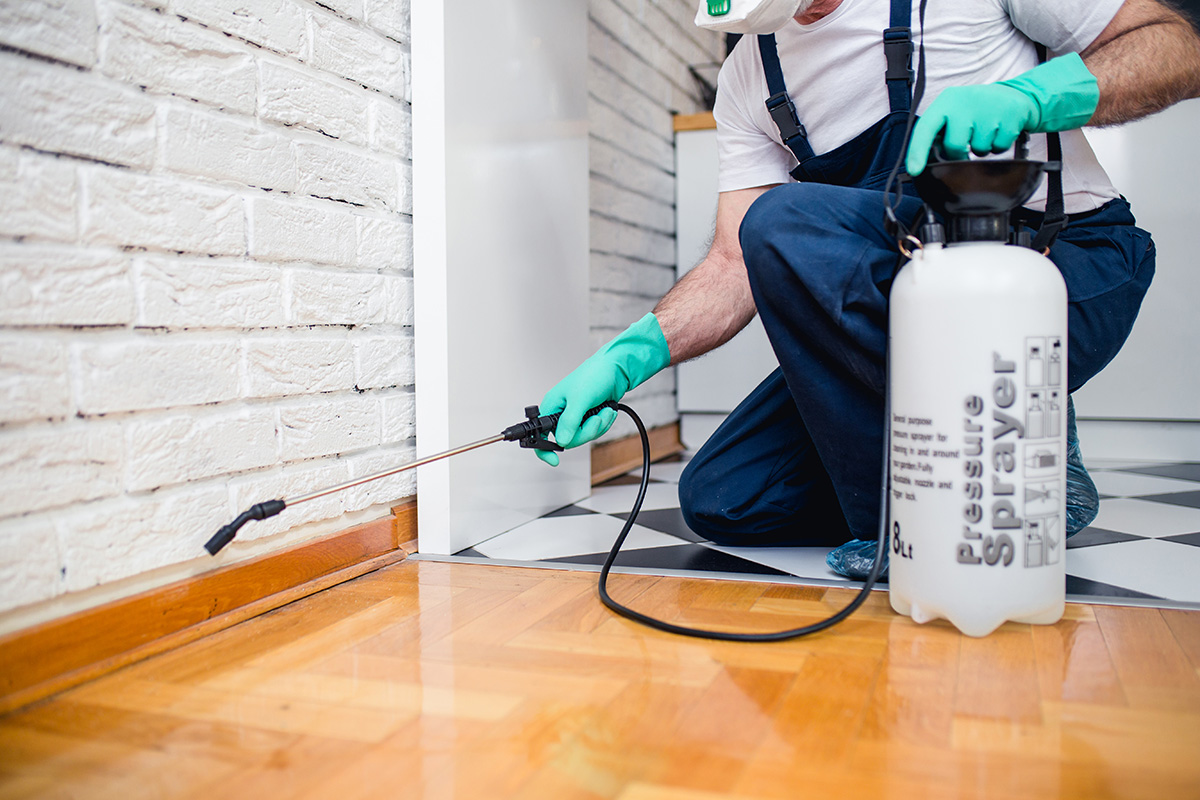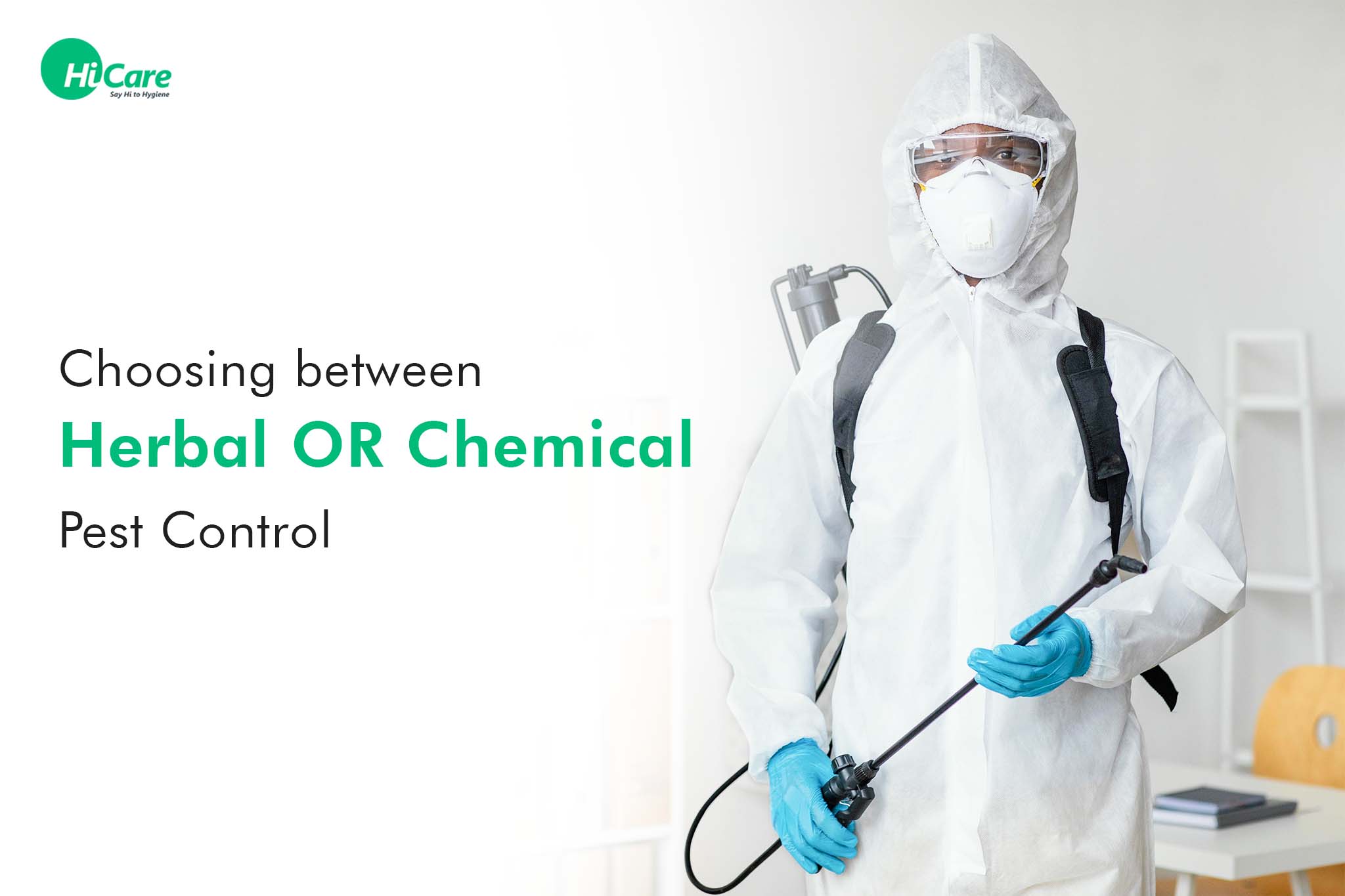Bed Pest Therapy Malfunction: Comparing Chemical Vs. Non-Chemical Solutions
In the world of pest control, especially when managing the relentless issue of bed pests, the option between chemical and non-chemical treatment services can be a crucial one. Both strategies offer distinct advantages and drawbacks, influencing aspects such as effectiveness, security factors to consider, and overall cost. By analyzing the nuanced information of each approach, a more clear understanding of which course to pursue in dealing with a bed bug infestation can be achieved.
Efficiency of Chemical Treatments
Chemical treatments for bed insect problems have been commonly acknowledged for their potent and fast effectiveness in eliminating these parasites. When taking into consideration the performance of chemical therapies, it is critical to comprehend that they can supply a quick and comprehensive option to a bed bug trouble.
Additionally, chemical therapies have the advantage of providing recurring results, suggesting that they can remain to get rid of bed pests even after the first application. This recurring action is specifically valuable in combating any possible re-infestations. Furthermore, the fast activity of chemical therapies can bring alleviation to individuals encountering severe bed insect infestations, enabling them to gain back control of their living spaces swiftly.
Security Issues With Chemical Solutions
One crucial facet that requires mindful consideration when utilizing chemical services for bed insect therapy is making sure the security of passengers and the environment. Direct exposure to specific chemicals made use of in bed pest therapies can lead to respiratory problems, skin irritation, or various other adverse reactions, particularly in people with pre-existing problems or level of sensitivities.
In addition, the ecological impact of chemical solutions is one more considerable consideration. Some pesticides made use of in bed bug treatments might be dangerous to advantageous bugs, wild animals, and environments if they leach into the dirt or water supply. It is necessary to utilize chemical therapies judiciously, following safety and security guidelines, and taking into consideration less hazardous alternatives to minimize these risks and guarantee the risk-free and efficient management of bed pest problems.
Benefits of Non-Chemical Methods
Taking into consideration the possible safety and security issues and environmental impact connected with chemical solutions for bed bug treatment, exploring non-chemical methods presents a promising choice with several distinct advantages. Non-chemical treatments are eco friendly, as they do not contribute to air or water contamination, making them a lasting selection for parasite control.
In addition, non-chemical options can be reliable in targeting bed insects, including hard-to-reach locations where chemical therapies might not permeate. Methods such as warm therapy, vacuuming, vapor cleaning, and mattress coverings give extensive obliteration without using dangerous chemicals. Additionally, non-chemical approaches can be less disruptive, needing very little prep work and enabling quicker reentry into dealt with locations. In general, deciding for non-chemical bed insect therapy methods not just focuses on safety and ecological defense but additionally ensures thorough and reliable bug her comment is here control.
Limitations of Non-Chemical Treatments

Furthermore, non-chemical treatments typically require numerous applications to achieve successful obliteration. This can be time-consuming and may not always assure complete elimination of all bed pests and their eggs, especially in hard-to-reach or concealed places.
In addition, the success of non-chemical therapies heavily relies upon appropriate execution and thoroughness, which can be challenging for individuals without expert know-how. Poor application of non-chemical methods might lead to incomplete obliteration, causing consistent problems and the requirement for additional treatments.
Consequently, while non-chemical treatments have their advantages, it is important to acknowledge these limitations and consider them when figuring out the most efficient method for handling bed insect infestations.
Expense Contrast: Chemical Vs. Non-Chemical Options
Offered the constraints linked with non-chemical therapies, a vital element to examine in the context of bed bug management is the cost contrast between chemical and non-chemical options. Chemical treatments normally involve the application of pesticides by experts, which can range from $250 to $900 per room, relying on the extent of the infestation and the dimension of the location to be dealt with. In comparison, non-chemical treatments like heat therapy or heavy steam can be more pricey, with expenses ranging from $1,000 to $6,000 for a whole home. While the preliminary cost of chemical therapies might appear lower, several therapies may be needed to totally eradicate the problem, possibly enhancing the total expense. On the other hand, non-chemical alternatives might offer an extra environment-friendly and sustainable option, although they see post can be cost-prohibitive for some individuals. Inevitably, when taking into consideration the expense of bed insect therapy alternatives, it is necessary to consider the in advance costs versus the performance and lasting sustainability of the picked technique.
Verdict

Taking into consideration the potential safety and security concerns and environmental impact linked with chemical services for bed insect treatment, discovering non-chemical methods offers a promising choice with numerous distinct benefits.Given the constraints linked with non-chemical treatments, a necessary element to examine in the context of bed insect management is the cost comparison in between chemical and non-chemical choices. In contrast, non-chemical treatments like heat treatment or heavy steam can be a lot more pricey, with costs ranging from $1,000 to $6,000 for a whole home. While the initial price of chemical therapies might appear reduced, several treatments may be called for to totally eradicate the invasion, possibly boosting the general price.In verdict, when contrasting chemical and non-chemical bed pest treatment options, it is crucial to consider efficiency, safety and security, benefits, constraints, and cost.